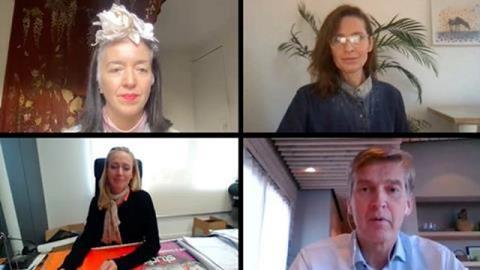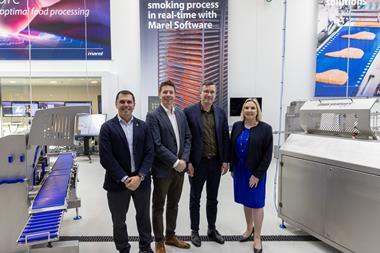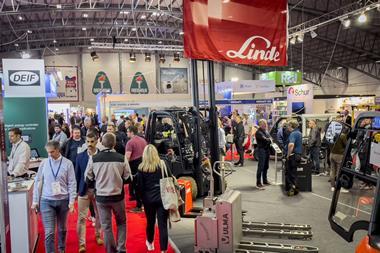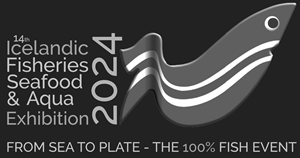Part of IceFish Connect, the Fish Waste for Profit Product Utilisation session brought together some diverse angles on co-products from fish production, ranging from fish oil to fish leather and beyond.
Chaired by the Iceland Ocean Cluster´s Thór Sigfússon, the session covered a lot of ground in just an hour, and Marine Ingredients Organisation technical director set the tone by stating that there’s no such thing as fish waste – as it can all be used.
Snorri Hreggviðsson started Margildi at one of the the Iceland Ocean Cluster companies, with a venture to produce fish oil from mainly herring and mackerel, for human consumption.
“It’s all about handling raw material in a sensible way and it’s a wonderful thing to work with,” he said, commenting that a great deal of progress has already been made.
“The technology in the fishmeal industry is improving all the time. There’s a lot that can still be done, and we are just starting out,” he said, adding that Margildi’s patented Quick Winterisation technology convert raw material into products that can become supplements or be added to food ingredients, or consumed as capsules or in liquid form – crucially, with the fishy taste and smell associated with old-fashioned fish oil now absent.
“We are converting a raw material that hadn’t been discarded, but had not been respected, and bringing it to the human consumption market.”
A trio of specialists discussed the progress made with fish leather, and associate professor Katrín María Káradóttir at the Iceland University of the Arts traced the long heritage of using fishskin leather that goes back centuries up to the present day and its increasing use in fashion, supported by senior lecturer Elisa Palomino of Central Saint Martins, University of The Arts in London and Devstudio digital printing & colour specialist Martina Imfeld.
“There’s a wide focus: sourcing, tanning, dying and printing, cutting and styling,” she said, and explained that the EU-funded FISHSkin Project is supporting work in developing uses for fish skin leather, taking forward an ancient tradition from a time when people wasted little.
Speaking from Palermo, Bythos researcher Manuela Mauro explained that there are significant opportunities in Sicily for fish waste to be utilised further, and currently work is in progress on a variety of projects. These include processing shrimp to extract chitosan, which is combined with waste from the wine industry, making use of grape seed oil to generate products that can contribute to extending the shelf life of foodstuffs. Axastatin and collagen are also extractable from production waste of anchovy and sardine, both of which are also important fisheries in Sicily.
“There’s no species that’s not suitable for extraction of raw material of interest to the market,” she said, adding that this process is not as advanced in Sicily as it is in Iceland, and there is scope for change, not least as the industry faces heavy costs for the disposal of what is currently waste material.
“We have used Iceland as an example of how to do this, and there is a need to diversify. At present the situation doesn’t make sense. We have seen what works in Iceland and we ned to copy some of those procedures.”
Taking place between 16-18 November 2021, Icefish Connect is a brand new virtual commercial fishing exhibition with rich and engaging content that enables visitors and exhibitors to meet and develop business.








